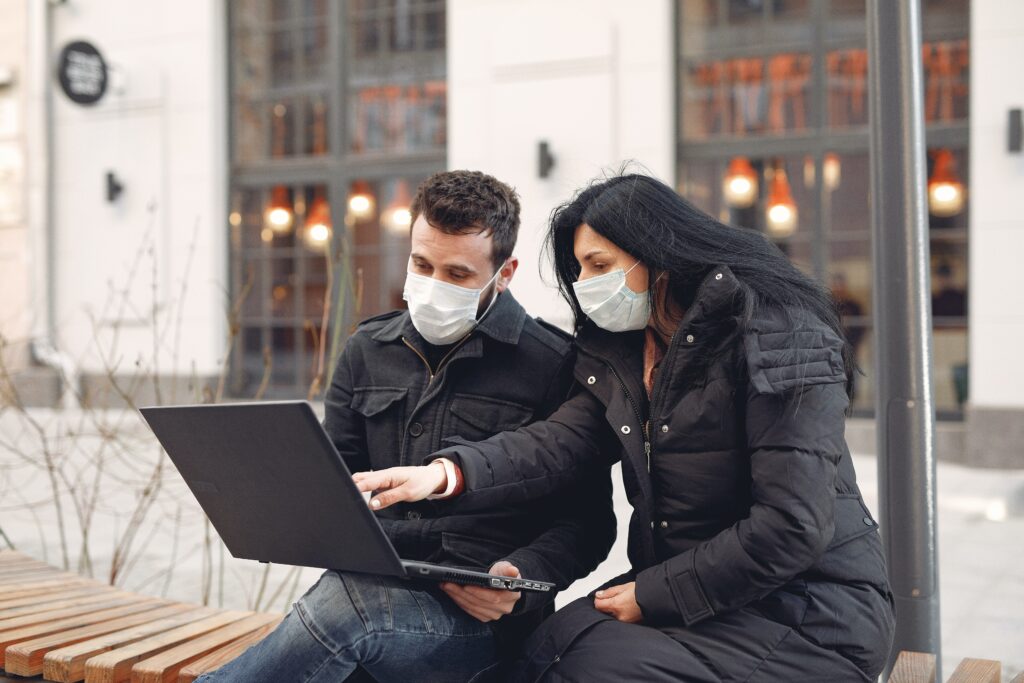In recent years, healthcare has seen significant advancements with the introduction of new technologies. One such technology that has gained popularity in the healthcare industry is Remote Patient Monitoring (RPM) services. RPM enables healthcare providers to monitor their patients remotely through various devices such as smartphones, wearables, and other sensors. In this blog, we will discuss the future of healthcare and how RPM services are shaping the industry.
Improved Patient Outcomes
One of the significant benefits of RPM services is that it enables healthcare providers to monitor their patients in real-time. This means that patients can receive timely interventions and treatment, leading to improved patient outcomes. RPM can help identify potential health risks, prevent complications, and reduce hospital readmissions. Patients with chronic conditions can benefit significantly from RPM services as healthcare providers can monitor their condition and adjust their treatment plan accordingly.
Reduced Healthcare Costs
RPM services can help reduce healthcare costs in the long term. By remotely monitoring patients, healthcare providers can identify potential health risks and prevent complications, leading to reduced hospital admissions and readmissions. RPM can also help healthcare providers detect health problems earlier, making treatments more effective and reducing the cost of healthcare services.
Increased Access to Healthcare
RPM services can help increase access to healthcare, particularly for patients living in remote or underserved areas. With RPM services, patients can receive healthcare services without having to travel to a healthcare facility. This is particularly beneficial for patients with mobility issues or those who live in areas where healthcare services are limited.
Integration with Electronic Health Records (EHR)
RPM services can be integrated with electronic health records (EHR), making it easier for healthcare providers to access patient data. This integration can help improve communication between healthcare providers, leading to better patient outcomes. By monitoring patients remotely, healthcare providers can update patient records in real-time, making it easier to manage patient care.
Personalized Healthcare
RPM services can help provide personalized healthcare to patients. By monitoring patients remotely, healthcare providers can tailor treatment plans to meet the specific needs of each patient. This can lead to improved patient outcomes and a better patient experience.
In total, Remote Patient Monitoring (RPM) services are shaping the future of healthcare. The benefits of RPM services, including improved patient outcomes, reduced healthcare costs, increased access to healthcare, integration with electronic health records, and personalized healthcare, make it a valuable tool for healthcare providers. As technology continues to evolve, we can expect RPM services to become more sophisticated, leading to further improvements in patient care.


